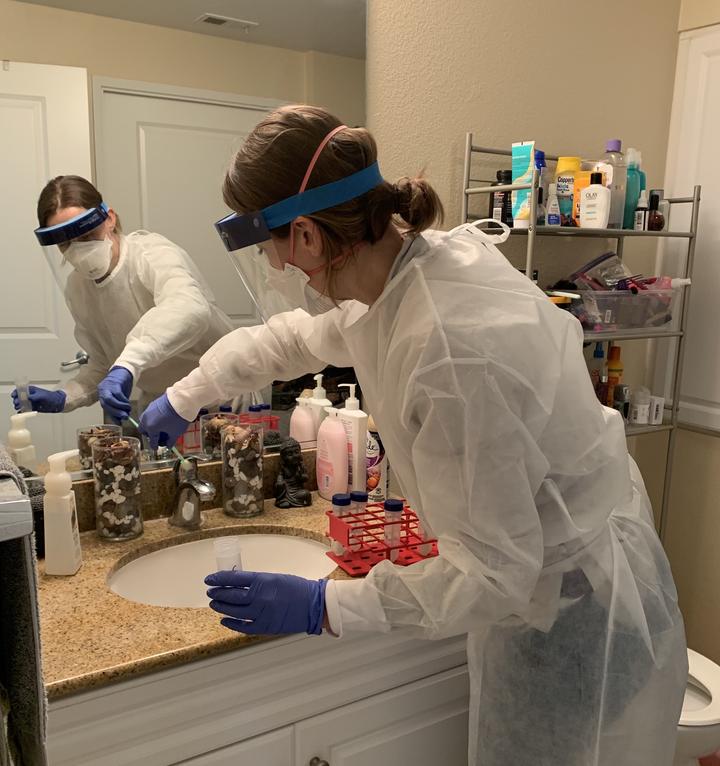COVID-19 Epidemiology
 Swabing surfaces to detect SARS-CoV-2 virus.
Swabing surfaces to detect SARS-CoV-2 virus.The SARS-CoV-2 variant of concern B.1.1.7 has been characterized as more transmissible and potentially having higher risk of morbidity and mortality. B.1.1.7 was first detected in the US in December 2020 and rapidly became the dominant variant in circulation. To understand household transmission dynamics of B.1.1.7, I led a team of 40 California and CDC investigators conducting a household transmission investigation in San Diego County from January-April 2021, in parallel to a similar investigation at a sister site in Colorado. With my background in quantitative epidemiology, I was able to develop our database and datapipeline to adapt to field needs, and quickly conduct analyses in the field to track our progress.
Our objectives were:
- Estimate the household secondary infection rate (SIR) of SARS-CoV-2 B.1.1.7.
- Identify individual and household characteristics associated with transmission.
- Compare symptom profiles of persons with B.1.1.7 and non-B.1.1.7 infection.
We enrolled over 150 households with more than 550 participants. We are currently preparing a publication, with an estimated submission date of August 2021.